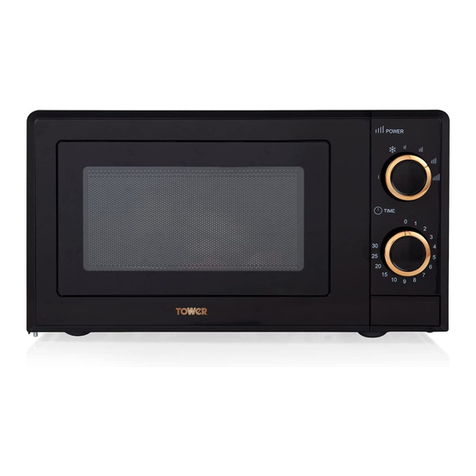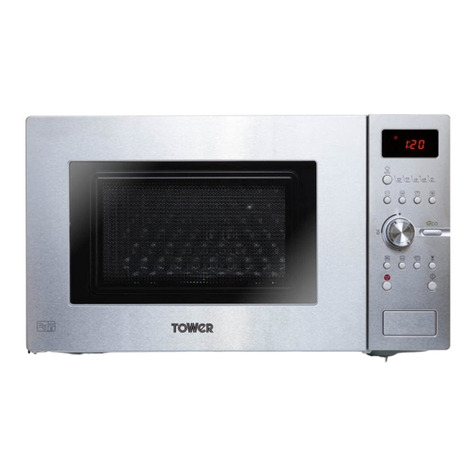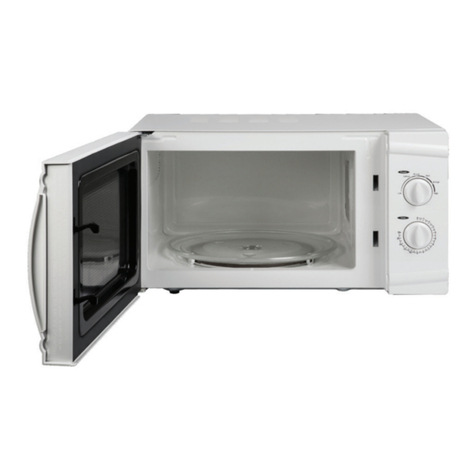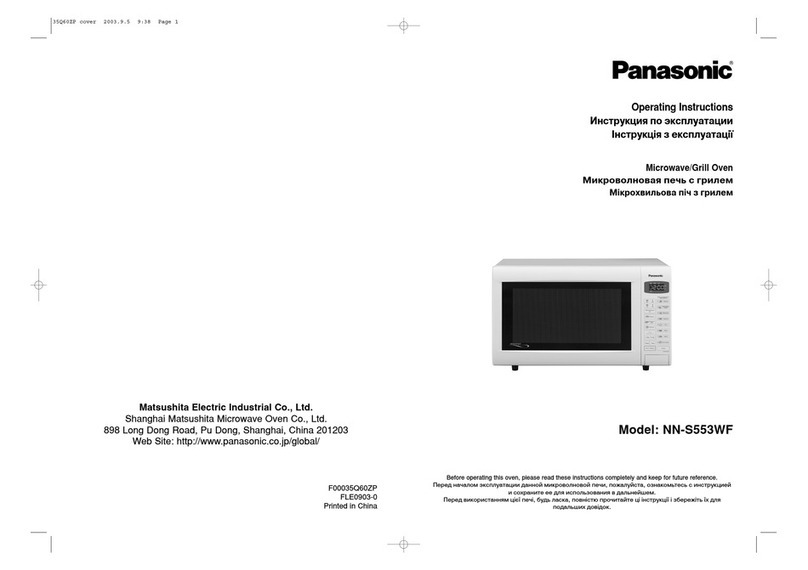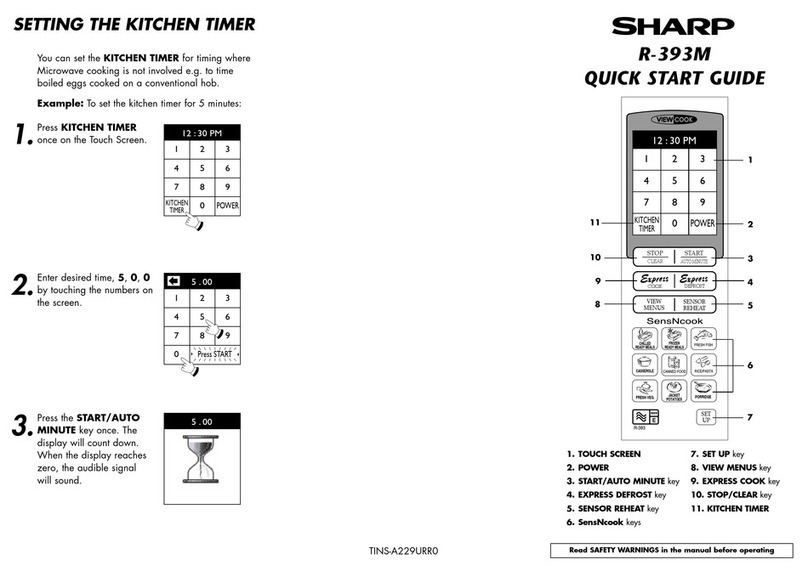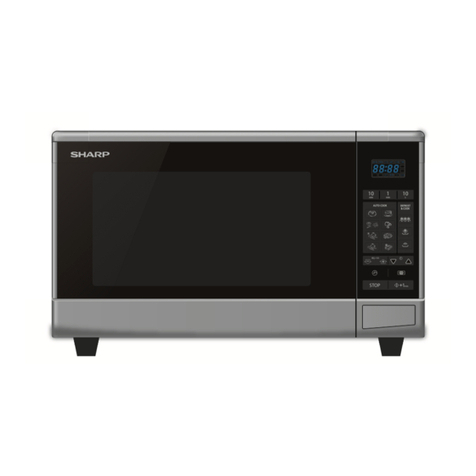Tower Hobbies T24034BLK Operator's manual
Other Tower Hobbies Microwave Oven manuals
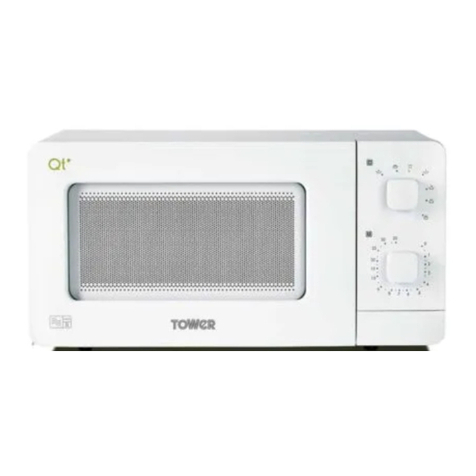
Tower Hobbies
Tower Hobbies QT1T User manual
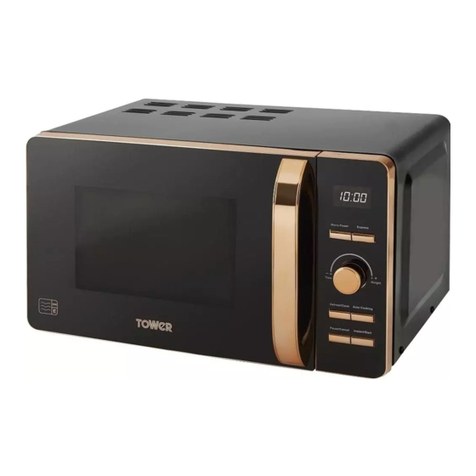
Tower Hobbies
Tower Hobbies T24021 Operator's manual

Tower Hobbies
Tower Hobbies KOR6M1RDBKT User manual
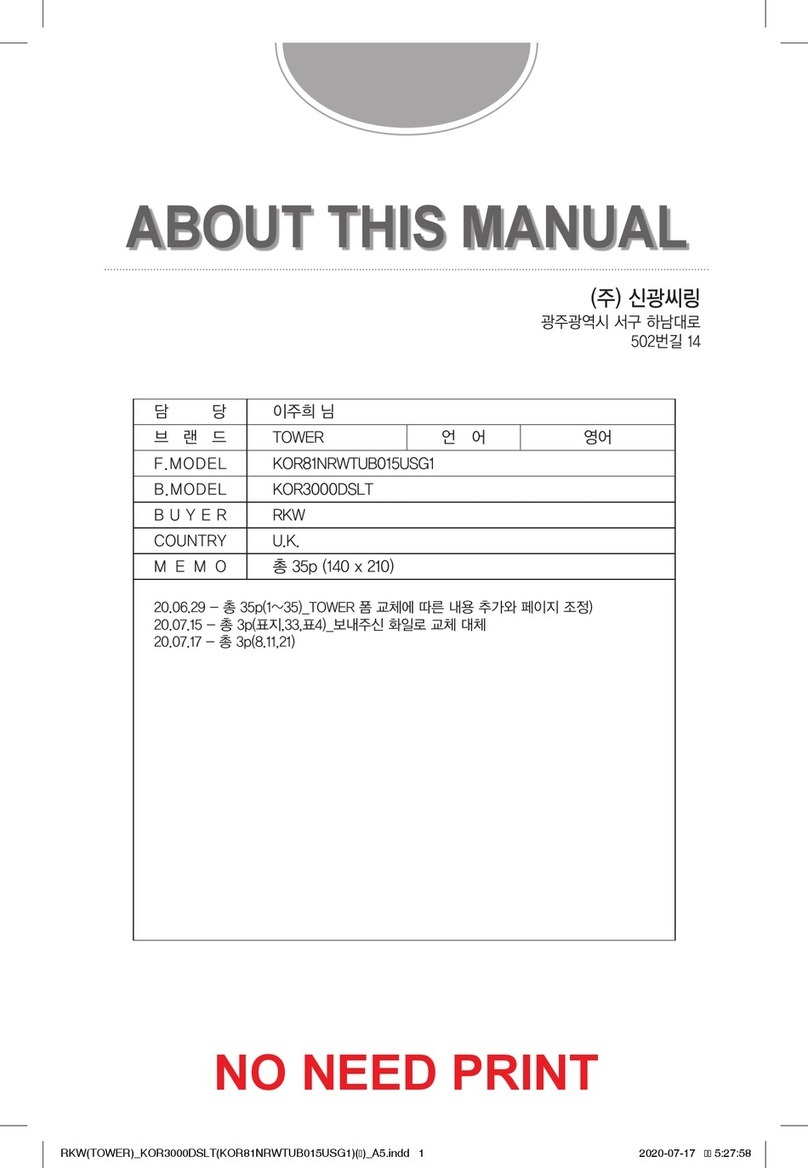
Tower Hobbies
Tower Hobbies KOR3000DSLT Assembly Instructions
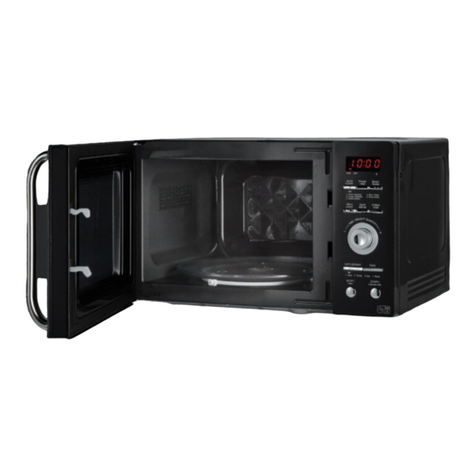
Tower Hobbies
Tower Hobbies KOR9GQRT User manual

Tower Hobbies
Tower Hobbies T24020 Operator's manual
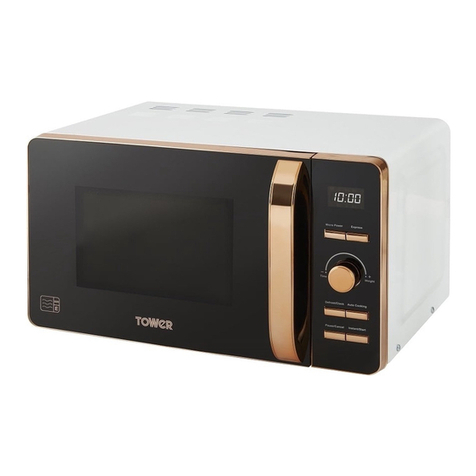
Tower Hobbies
Tower Hobbies T24021W Operator's manual

Tower Hobbies
Tower Hobbies T24037 Operator's manual

Tower Hobbies
Tower Hobbies T24015 Operator's manual
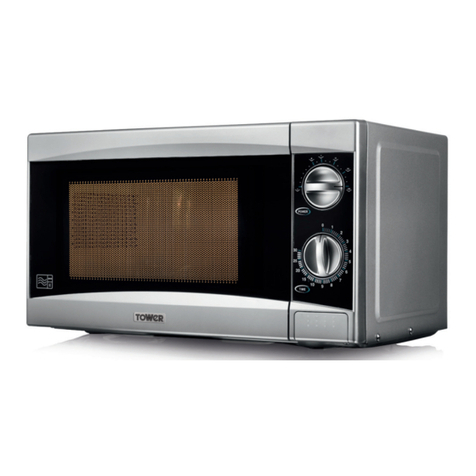
Tower Hobbies
Tower Hobbies T24001 Operator's manual

Tower Hobbies
Tower Hobbies T24003 Operator's manual
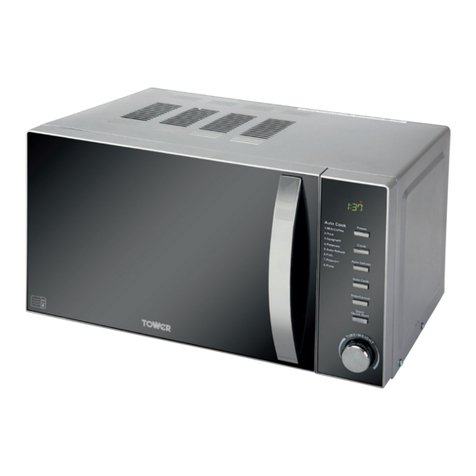
Tower Hobbies
Tower Hobbies T24007 Operator's manual

Tower Hobbies
Tower Hobbies T24027G Operator's manual
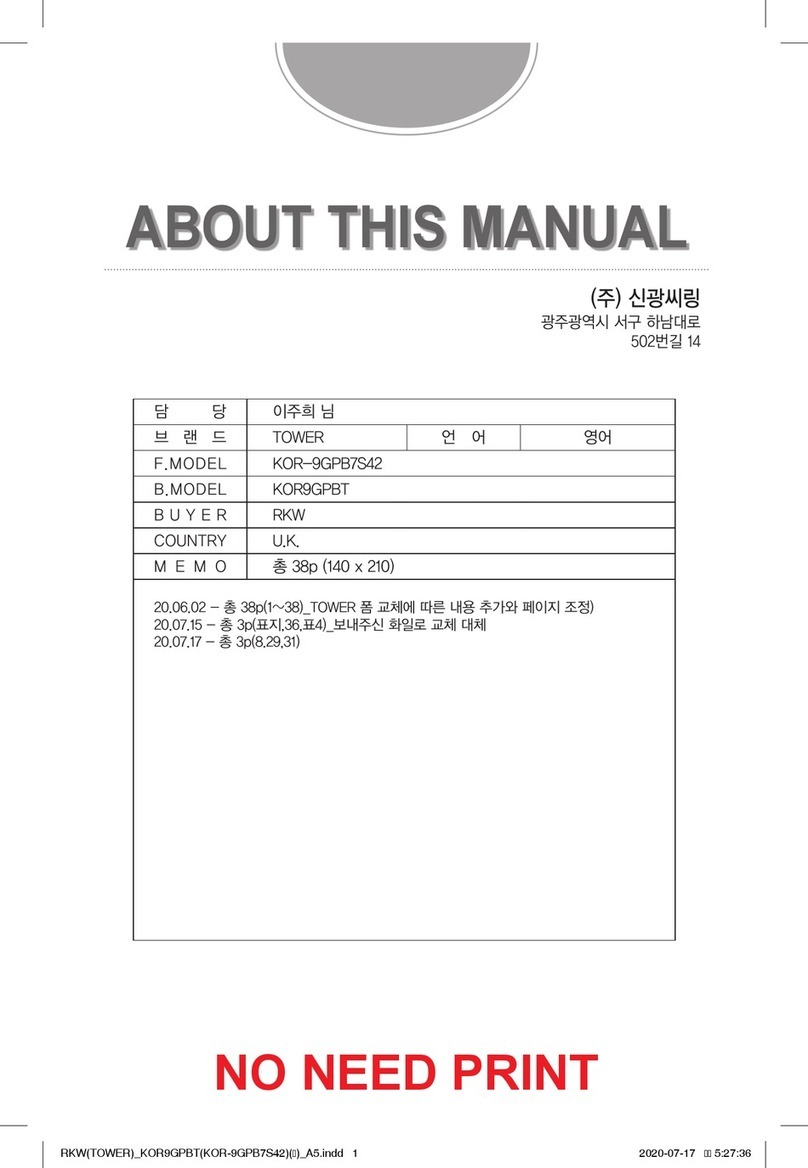
Tower Hobbies
Tower Hobbies KOR9GPBT Assembly Instructions

Tower Hobbies
Tower Hobbies T24011 Operator's manual

Tower Hobbies
Tower Hobbies Cavaletto T24038 User manual

Tower Hobbies
Tower Hobbies T24009N User manual
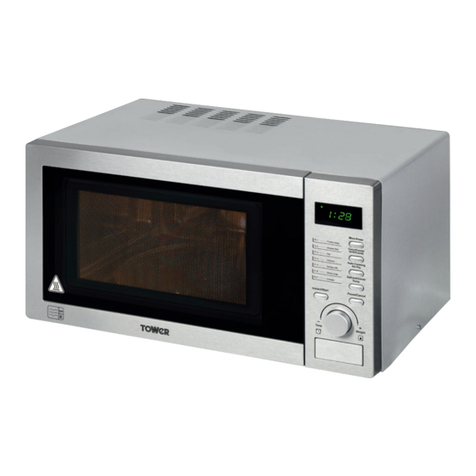
Tower Hobbies
Tower Hobbies T24002 Operator's manual
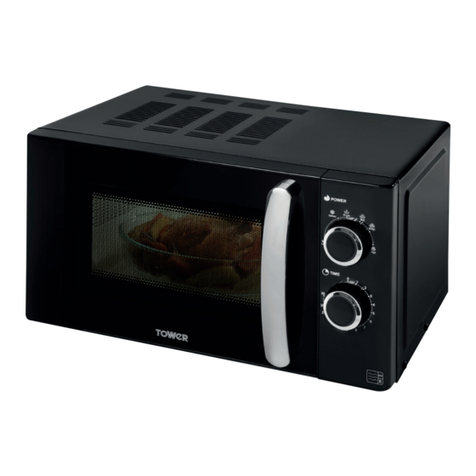
Tower Hobbies
Tower Hobbies T24009 Operator's manual

Tower Hobbies
Tower Hobbies T24010 Operator's manual
